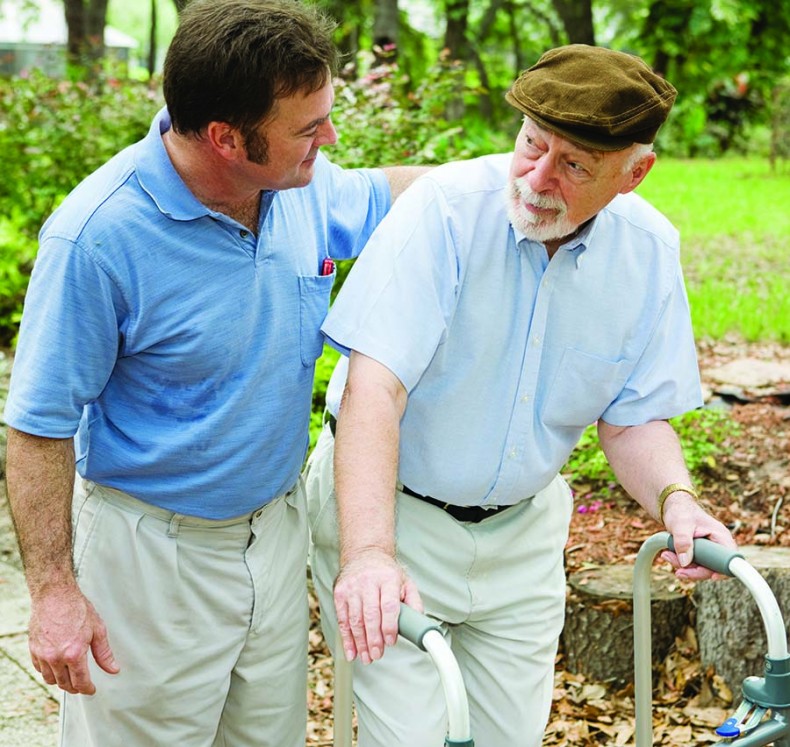Making a Caregiving Plan
When the child becomes the caregiver
By Allison GoldbergOne quarter of American households currently provide care for an adult over age 50, according to the AARP Foundation.
Caring for an aging parent, in-law or other relative can dramatically affect the health and well-being of both the care recipient and the caregiver. Having a plan in place can ease emotional and financial stress, while ensuring the person cared for has a voice in their care.
Discussing end-of-life caregiving issues with your aging relative can be stressful and awkward but these conversations are essential. The AARP Foundation recommends these five steps to arrive at a comprehensive care plan.
1. Prepare to talk
In preparing to discuss caregiving with your aging loved one, assess your finances and theirs, and figure out the best person to lead the conversation with your loved one.
“Prepare to Care” has a checklist to help you understand your loved one’s goals for their care and future and tips on how to approach and guide the conversation on this emotional topic.
2. Form your team
Have conversations to learn how other family members are able and willing to support your loved one’s care. Designate a team leader to organize the support of those who offer it. If team members are geographically dispersed, having a local point person is helpful, too.
If you don’t have siblings, or none willing to participate, consider joining a support group to gather information from the group’s leader and to hear what has worked and what hasn’t for other caregivers.
3. Assess needs
Know where to find your loved one’s personal information, including wills, living wills, financial accounts (including electronic access information when applicable), financial and tax advisor contacts, insurance information (health, life, long-term care), medication lists, physicians’ phone numbers and contact information for neighbors or friends who may be willing to help.
Learn about local services (Meals on Wheels, hospice, adult day care, etc.) and national resources for caregivers.
4. Make a plan
Gather your loved one and the team of family and friends — by email, phone or video chat, if not in person — for a discussion dedicated to making a caregiving plan. Share all the information you collected, the needs you’ve assessed and, most importantly, the desires of the loved one who’ll be receiving care.
Then create an outline for care. This outline need not be long or legal, but it should provide the general plan and all team members should understand and agree to it. Avoid assigning all tasks to the “local caregiver.”
5. Take action
Be prepared to revise the plan periodically based on changes. Have occasional discussions with your loved one and the caregiving team about your loved one’s preferences and the caregiving team’s ability to provide.
About the Author
Allison Goldberg writes and edits for the National Rural Electric Cooperative Association, the Arlington, Va.-based service arm of the nation’s 900-plus consumer-owned, not-for-profit electric cooperatives.-
Share this story:


